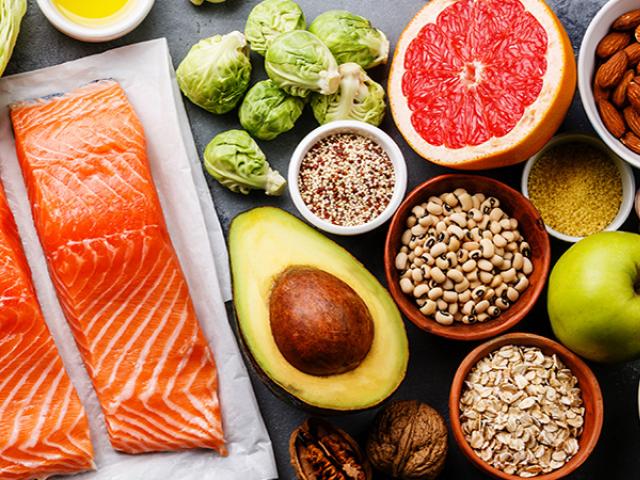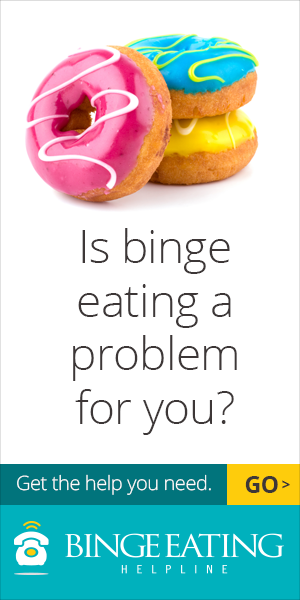When food becomes a problem!
Food intake: a basic human need.
Food is something
Phrases such as “I like you to eat”, “It pisses me off” or “I don’t let myself be fobbed off that easily” indicate that food has always been associated with a variety of different feelings. This can most clearly be observed in the infant. For him, the intake of food is at the same time the source of satiation and care. Food and attention are still indiscriminate at this stage.
In the further course of development, however, the child learns to distinguish these needs only if the parents perceive this distinction just as clearly in their educational actions. I.e., food when there is hunger and not automatically with every reaction.
Normal and disturbed eating behaviour
Although the boundary between normal and disturbed eating
The personality of the child also plays an important role. This is because eating disorders and eating disorders in the narrower sense are often combined with other psychological disorders such as depression, anxiety
Food intake as contact and communication behaviour
Contact and communication – as representatives of mental nutrition – are not only vital for the toddler in early infancy. Contact and communication between persons is just as important for the child as physical nutrition.
Accordingly, communication is mental nutrition. Whether there is enough “food” or even a permanent supersaturation and overfeeding or whether it is available only insufficiently, are in connection with eating disorders important topics, because they have in particular their roots in the oral phase (The oral life phase begins with the birth and lasts until after the first year of life).
There are also “eating disorders” in the area of emotional nutrition: the complete refusal to accept emotional attention as extreme on the one hand, the insatiability of emotional attention, the hungry and greedy search for support on the other hand.
It is important to emphasize that eating disorders practically only occur in highly industrialized societies. Both refusing to eat and eating too much food only makes sense if there is enough food.
- What is eaten?
- How is food eaten? (Time)
- What is the function of food?
- In what context does food take place?
Definition
We speak of an eating disorder when the natural potential of the quantity and variability of food has been lost. From a communication pedagogical point of view, a disturbance of eating behaviour is a disturbance of the basic functions of physicality. In the process, the child has “forgotten” to listen to his inner impulses or to recognize the corresponding signals and to react accordingly. The “too much”, “too little” or “one-sided” food “balances something else.
Eating disorders in infants
In toddlers, eating disorders and appetite disorders are relatively common. About 30 % of 4 year olds show an inconstant and choosy eating behaviour. But also in the preschool age and with school beginners still such abnormalities are found, whereby the frequency data vary between 12 and 34%.
The symptoms can be seen in the refusal to eat, in the rejection or preference of certain foods, in an endless prolongation of the eating process and often also in the insistence on a very specific food consistency (e.g. acceptance of exclusively liquid food).

Before thinking of a psychological cause,
On the other hand, it is known that there are already in the first year of life predominant temperamental characteristics of children, which also show up in
The mother-child relationship is of particular importance for the eating
Disgust with certain foods
(e.g. meat, chicken etc.) is always a reason to consult a doctor, unless plausible reasons are obvious. On the one hand an organic clarification is necessary, on the other hand a deeper neurotic disorder can be hidden behind the symptom.








